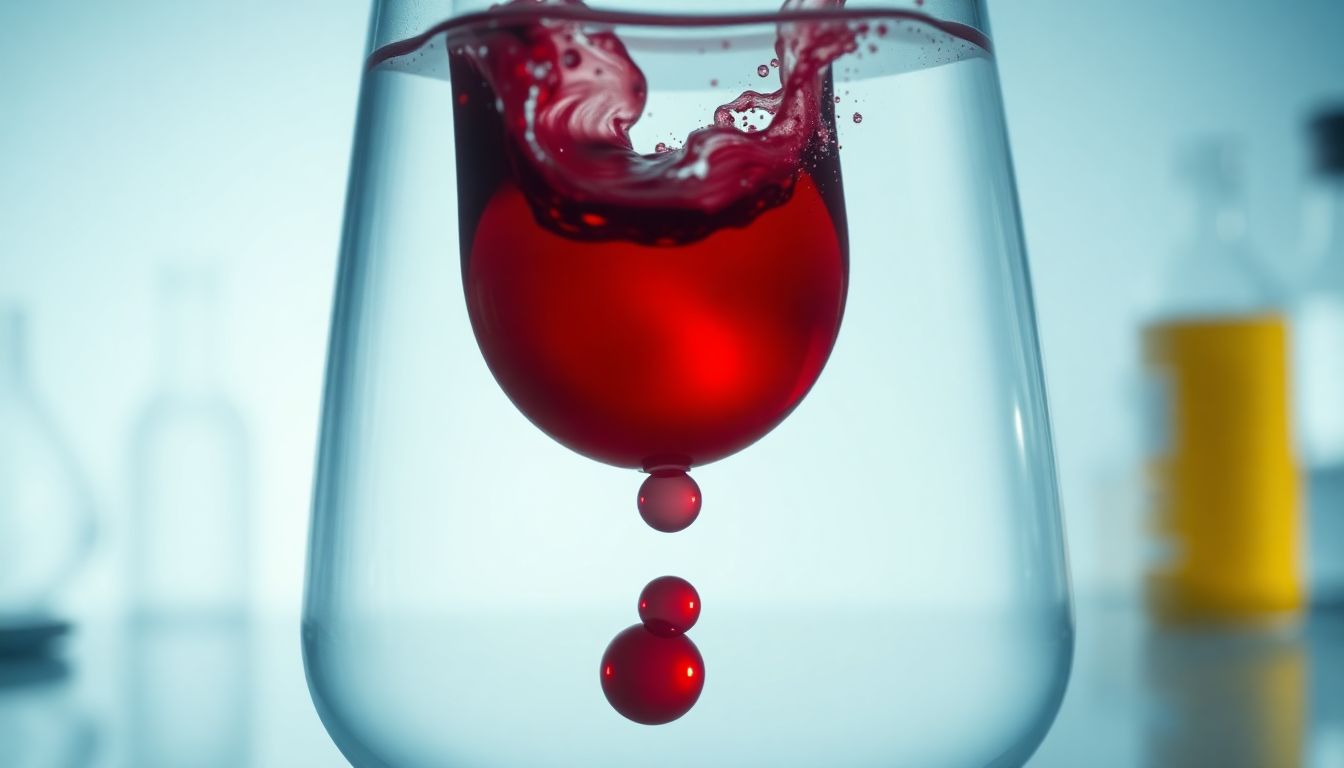
The FDA's Decision to Ban Red Dye No. 3
The U.S. Food and Drug Administration (FDA) recently announced a ban on Red Dye No. 3, a food coloring that has been used for decades. This decision comes amid growing health concerns surrounding the effects of this artificial dye on consumers.
History of Red Dye No. 3 Use in Food and Drugs
Red Dye No. 3, also known as E127, has been commonly found in a variety of products like candies, drinks, and medications. It gained popularity in the 1960s and has remained a staple in food processing. Despite its widespread use, there have been questions about its safety for years.
Health Concerns Leading to the Ban
Research has indicated potential risks linked to Red Dye No. 3. Concerns about its safety began surfacing in the late 1980s when studies highlighted possible health risks. Now, these concerns have led the FDA to take a significant step by banning its use.
The FDA's Official Statement and Rationale
The FDA emphasized that consumer safety is its top priority. The decision to ban Red Dye No. 3 is based on accumulating evidence that suggests the dye could pose various health risks, leading to the conclusion that it should no longer be permitted in food, drinks, and medications.
Health Risks Associated with Red Dye No. 3
Potential Allergic Reactions and Sensitivities
Some individuals may experience allergic reactions to Red Dye No. 3. Symptoms can include skin rashes, headaches, or digestive issues. Children might be more sensitive, possibly impacting their behavior and health.
Evidence Linking Red Dye No. 3 to Cancer and Other Illnesses
Several studies have raised alarms regarding potential links between Red Dye No. 3 and cancer. In animal studies, researchers observed negative health effects, leading experts to question its safety for human consumption. Although more research is needed, the findings are concerning.
Studies and Research on Red Dye No. 3's Long-Term Effects
Research has explored the long-term effects of Red Dye No. 3. Some studies suggest that consuming products with this dye over time could lead to significant health issues. As a result, the FDA took a proactive approach in banning the dye to protect public health.
Impact of the Ban on the Food and Beverage Industry
Challenges Faced by Manufacturers in Reformulating Products
With the ban in place, food manufacturers must find alternatives to Red Dye No. 3. This process may involve reformulating recipes, which can be both time-consuming and costly. Companies need to ensure that new colorings don't alter taste or quality.
Economic Implications for Companies Using Red Dye No. 3
The economic impact on companies that relied heavily on Red Dye No. 3 could be significant. Businesses may face increased production costs and potential loss of consumer trust. Some companies may need to invest in new technologies to find acceptable alternatives.
Consumer Response and Demand for Alternatives
Consumers are becoming more health-conscious. Many people support the ban and prefer natural colorings over artificial ones. As a result, there is an increasing demand for healthier, dye-free products in the market.
Finding Red Dye No. 3 Alternatives
Exploring Safe and FDA-Approved Food Colorings
There are several FDA-approved alternatives to Red Dye No. 3, such as beet juice, hibiscus extract, and turmeric. These natural colorings provide vibrant hues without the associated risks. They are safer options that can appeal to health-conscious consumers.
Tips for Identifying Red Dye No. 3 on Product Labels
To avoid Red Dye No. 3, it’s essential to read product labels carefully. Look for:
- Ingredients like “Red 3,” “E127,” or “Allura Red.”
- Products marked as "dye-free" or "natural colorings."
This way, you can make informed choices when shopping.
Making Informed Choices as a Consumer
Being aware of food additives enables consumers to choose healthier options. Seeking out products without artificial dyes can contribute to better overall health. Opting for whole foods and organic products also reduces exposure to harmful ingredients.
What the Ban Means for Consumers
How to Read Food Labels Effectively
Understanding food labels is crucial. Check for harmful additives like Red Dye No. 3 in packaged items. Familiarize yourself with common food coloring names to make better-informed choices.
Strategies for Avoiding Products Containing Red Dye No. 3
To steer clear of Red Dye No. 3, try these strategies:
- Purchase fresh fruits and vegetables.
- Choose products labeled "organic" or "natural."
- Limit intake of processed foods and drinks.
These steps can minimize exposure to harmful additives.
Advocating for Safer Food Additives
Consumers can advocate for safer food additives by:
- Supporting brands that use natural ingredients.
- Reporting any concerns to local health authorities.
- Participating in community forums about food safety.
Your voice can influence the industry's direction toward healthier choices.
Conclusion: A Safer Future Without Red Dye No. 3
Key Takeaways and Future Implications
The FDA's ban on Red Dye No. 3 marks a significant step toward safer food practices. Consumers can now enjoy healthier options without the risks associated with harmful additives. The push for natural ingredients is reshaping the food landscape for the better.
Call to Action: Contacting Your Representatives
To promote continued safety improvements, reach out to your local representatives. Express your support for regulations that ensure safer food products. Your advocacy can lead to more positive changes in the industry.
Resources for Further Information
For more details about food safety and additives, visit the FDA’s official website or trusted health organizations. Stay informed and make choices that prioritize your health and well-being.
.png)
.png)
.png)
